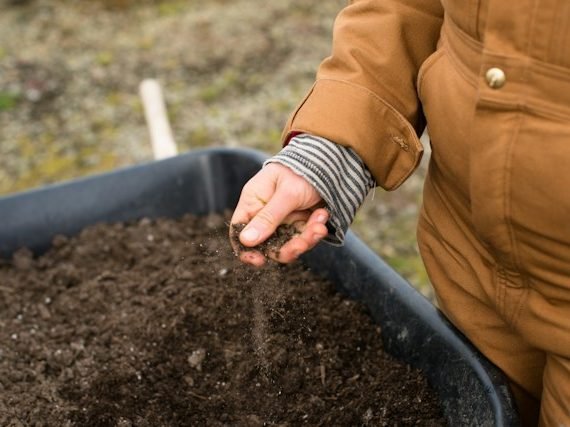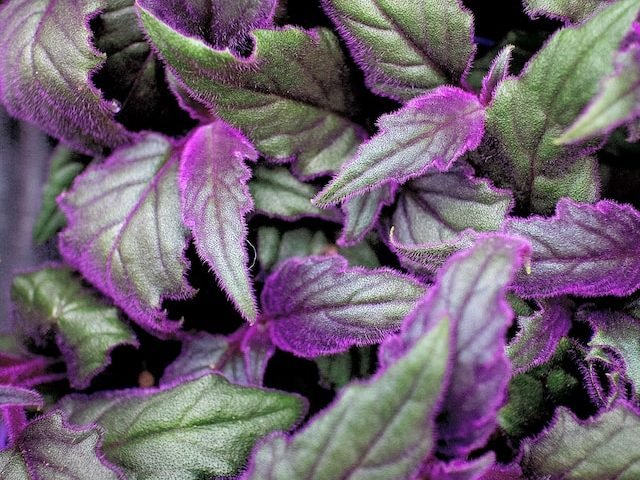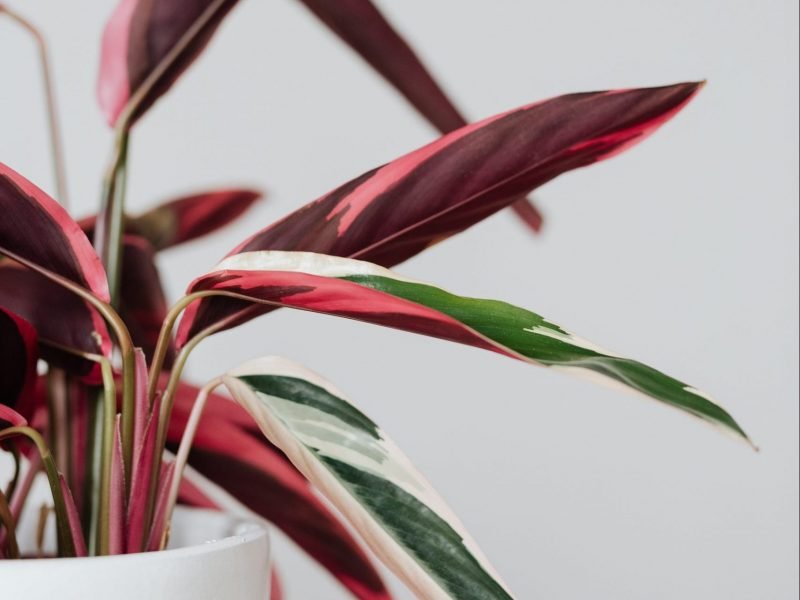
Although Cast Iron Plants are known for being fairly low maintenance, this doesn’t mean they are immune to the same common problems that all other plants face!
If you have noticed issues such as brown or yellow leaves, leaf loss or a drooping plant then you have come to the right place. Below you’ll find all the cases behind those main problems so you can diagnose what’s going on with your plant as well as treat the issue and stop it from causing more harm to your plant in future.
Causes of brown Cast Iron Plant leaves
Underwatering causes light brown leaves.
Although it won’t die on you suddenly if you forget to water it every once in a while, or make it go a little longer without water whilst you are on holiday, consistent underwatering will start to have an impact on your Cast Iron Plant’s health.
If you notice that your Cast Iron Plant’s leaves are turning brown and crisping up, it may be due to underwatering, as it prioritises new healthy growth over its older leaves. Stick a finger in the top few centimetres of the soil to check the moisture. If dry, you want to reintroduce frequent watering for a week or two and this should solve the problem. Moving forward, increase either how deeply you water your Cast Iron Plant each time or increase the frequency to prevent further brown leaves.
Low humidity can cause brown leaf tips.
Alongside watering, it is important that you try and increase the humidity for your Cast Iron Plant to get it back to tip-top condition and stop brown leaf tips from emerging. Often our homes can have quite dry air, especially in the winter months when we have the heating on for most of the day.
A lack of humidity in the air can cause the leaves to be a little limp, droop down, and turn dry, brown and crispy from the tips up. To solve the issue, invest in a humidifier and mist your plant every few days.
Overwatering can cause dark brown leaves.
They hate sitting in puddles of water so you need to ensure you have good drainage and do not give them too much water at once as this can lead to waterlogged soil.
Overwatering can very quickly lead to root rot which is very harmful to your Plant. If you think you might have overwatered your Cast Iron Plant it’s important to check the soil right away and change it out completely if necessary.
Then cut back on how much or how frequently you water your plant to prevent further brown leaves from developing. If you aren’t really sure about how to know if your Cast Iron Plant needs watering, we recommend picking up a moisture meter.
Why is my Cast Iron Plant losing leaves?
Environmental stress.
Cast Iron Plants have nice sturdy leaves, which can sometimes make us believe they can handle any environment. Although they are less sensitive to change than a lot of other plant types, a sudden change of environment can be quite harmful to your Cast Iron Plant and they can begin losing leaves.
They can become quite stressed and this often results in a couple of leaves being shed, most commonly the lower, older leaves are dropped in this scenario. Different lighting and humidity levels can be quite a shock to your Plant and it may take some adjusting before the new environment becomes its new comfort zone.
Low temperatures can also cause your Cast Iron Plant to start losing leaves.
Cold air coming in through air conditioning vents or drafty windows can shock your plant and result in your plant shedding some of its leaves.
It won’t cause issues from one day to the next, but over time if the cold temperatures persist, it can start to harm your plant and cause it to begin losing a few of its leaves.
It can be difficult to notice drafts so it’s best to pick up a digital thermometer so you can keep an eye on the temperature. They’ll also help you detect hotspots that are damaging to plants, so a great investment all around!
It may simply be natural ageing.
As your Cast Iron Plant matures, it may occasionally lose a lower leaf as a natural sign of the ageing process. This is absolutely nothing to worry about but make sure that you keep track of how many leaves have dropped and how often this is occurring.
If you feel it is losing too many leaves, more than a few each month, double-check the environment around your Plant as it could be a sign of one of the issues detailed above. There is no harm in giving the soil and roots a once over to check for signs of root rot and keep an eye on any changes in light or temperature that may be affecting its health.
Why is my Cast Iron Plant drooping?
Underwatering is the most common cause of drooping leaves.
Too little water can harm your Cast Iron Plant in more ways than one, but a drooping plant is often the first sign of trouble.
Check the soil moisture before increasing how much you water your plant. Investing in a moisture meter would be a great idea, these handy little things take all of the guesswork away from watering. If you really just want a set-it and forget-it solution, getting a self-watering pot could be the one for you.
Overwatering can also cause droopy leaves.
If the drooping leaves are paired with dark brown spots but the leaves aren’t crispy, then overwatering is the most probable cause.
Cast Iron Plants are pretty hardy plants and won’t die suddenly if you overwater them once in a while. However, consistent overwatering will mean their leaves will start to droop as their roots begin to rot and turn mushy.
If you think that you may have overwatered your Cast Iron Plant it is best to replace the soil straight away rather than just sit and wait for it to dry up over time. To prevent the issue in future, make sure to check the moisture in the soil before you water your Cast Iron Plant.
Causes of curling Cast Iron Plant leaves
Direct sunlight can cause curling leaves.
Although they can adjust to a wider range of light levels compared to a lot of other houseplant types, the Cast Iron Plant can start to curl up if it receives too much direct sunlight during summer.
This is because it not only tries to shield itself from the light but also it allows your plant to slow the moisture loss that happens when the plant is growing in a very warm environment. Luckily solving the issue is fairly easy as you just need to relocate your plant to a slightly shadier spot to prevent more curling leaves from developing.
Curling leaves can also indicate watering issues.
If lighting isn’t an issue then it may be watering problems that are causing the curling leaves, particularly underwatering.
This is because Cast Iron Plants curl their leaves to stop moisture from being lost through the leaves. Check the moisture levels in the soil and see if the roots have already crisped up (this is a sign you have been underwatering for a while). Moving forward, adjust either how much water you give your Cast Iron Plant each time or how frequently you water them.
Those are the most common problems that impact Cast Iron Plants. It’s important to catch problems as early as possible to make it easier and quicker to get your plant back to full health. This is why in future we recommend giving your Cast Iron Plant and other houseplants a regular check-up to spot any early warning signs before they have developed into full problems.
To learn more about how to keep your plant happy and healthy, check out our Cast Iron Plant care guide.















